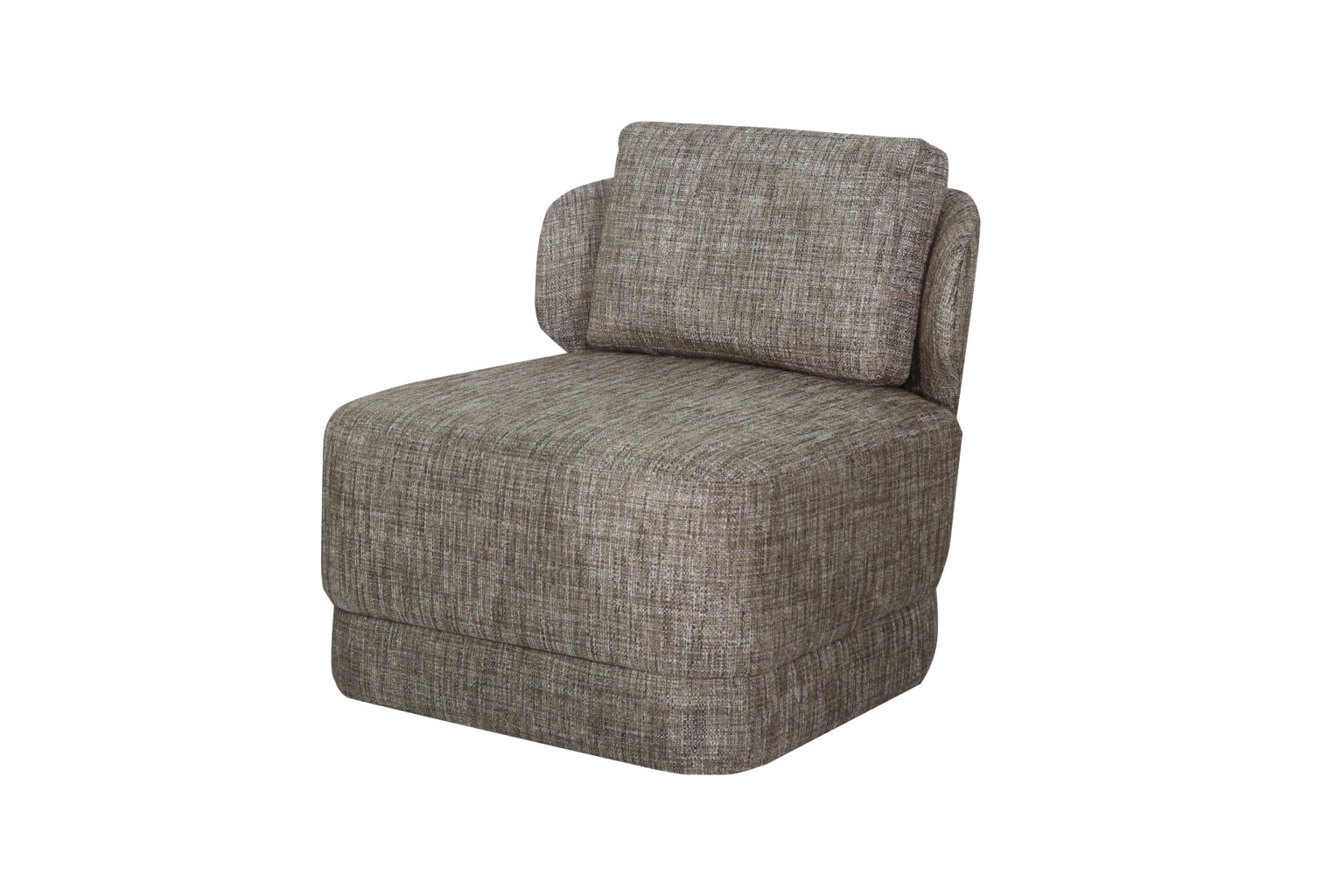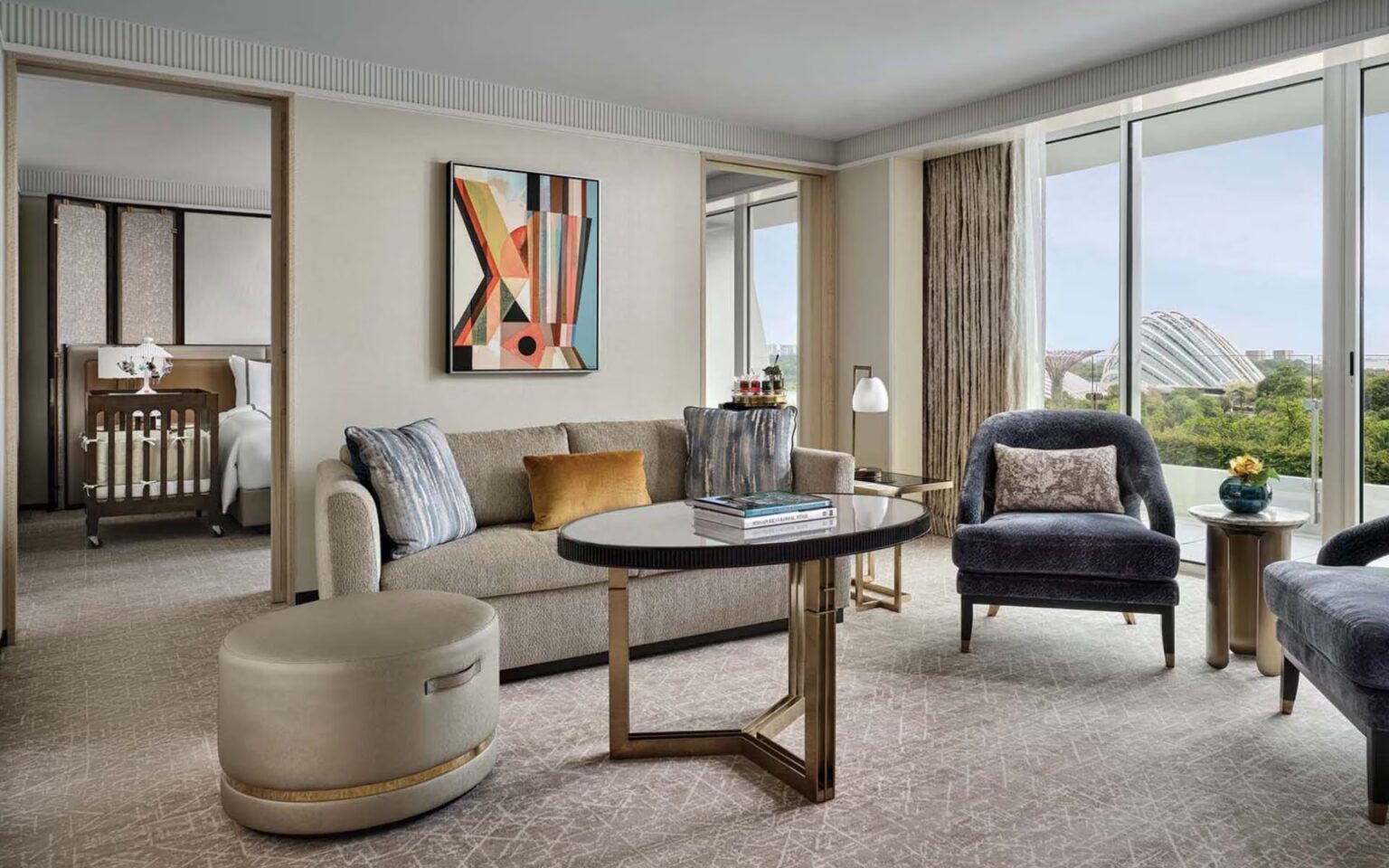Introduction: The Challenge of Ambiance
Imagine entering a lavish hotel but feeling an odd sense of discomfort—too bright, too cold, or simply unwelcoming. This paradox highlights an essential factor in hospitality interior design. According to recent studies, up to 70% of guests base their return visit on ambiance alone. A space’s interior greatly affects guest satisfaction, making it crucial for hospitality designers to strike the right balance. The right design can make or break a guest’s experience. So, how can we tackle this common design conundrum with innovation?

Traditional Solutions: Where They Fall Short
Historically, hospitality interior design centered around aesthetics—think expensive materials and trendy furniture—but often neglected functionality and comfort. These designs might dazzle the eye, but they sometimes fail to address how a space feels, leading to disappointment. Lighting, for instance, is frequently an afterthought, with static overhead fixtures that don’t adapt to the changing needs of guests. Why do failures always occur during guest gatherings? Careless planning with conventional solutions can leave guests feeling disconnected from their surroundings, ultimately hurting their experience.
New Principles in Design: The Power of Adaptability
Enter smart technology! Modern hospitality interior design incorporates automated systems that adapt lighting, temperature, and even the layout to enhance comfort. Imagine a lobby that adjusts its lighting based on the time of day or a restaurant that offers customizable seating arrangements. Dynamic elements engage guests—creating an atmosphere that is both inviting and memorable. These new design principles leverage user behavior data and environmental factors, fostering an intimate connection between the space and the guest.

Quantified Benefits: What’s in It for You?
The results speak volumes. Hotels adopting innovative designs report a soaring 30% increase in guest satisfaction scores. Comfortable, engaging settings significantly boost positive reviews and repeat business. Interior spaces that feel alive lead to rich, immersive experiences, making guests willing to return time and again. This not only benefits the brand but enhances loyalty and increases revenues—proving that thoughtful interior design can yield impressive financial returns.
Conclusion: Your Path to Design Excellence
When choosing solutions for hospitality interiors, always verify these 3 metrics: ① Guest feedback ② Functional adaptability ③ Long-term value. Elevating hotel ambiance is crucial for today’s market, and only strategic decisions can deliver lasting results. Every detail counts, and with rigorous evaluation, a hotel can truly stand out. For a comprehensive look at effective hospitality interior design, explore the principles outlined above—fuel your creativity and redefine your space!
Exploring the Essence of Hospitality Interior Design
Ever wondered what is hospitality interior design? It’s more than just arranging furniture or choosing stylish decor; it’s the art of creating spaces that nurture relationships and enhance guest interactions. Good hospitality design considers factors like flow, color schemes, and the psychological effects of various elements. By understanding the essence of hospitality interior design, designers craft environments that guests feel comfortable in, fostering a sense of belonging.
The Elements That Define Hospitality Interior Design
So, what exactly makes up hospitality interior design? At its core, it involves the coordination of aesthetics, functionality, and technology. Taking into account lighting, spatial dynamics, and material selections is crucial for cultivating an inviting atmosphere. For instance, textiles that absorb sound can greatly enhance a space’s comfort level. Consequently, being able to define what is hospitality interior design helps create a unique narrative within any hospitality venue, ultimately shaping the guest experience for the better.
In summary, the world of hospitality interior design is intricate yet fascinating—it involves tailoring environments that aren’t just visually appealing but also emotionally engaging. Brands like Gainwell understand these nuances and offer suited solutions for businesses aiming to elevate their interior spaces. Their supply advantages enable hoteliers to bring their vision to life, transforming the hospitality landscape one space at a time.
